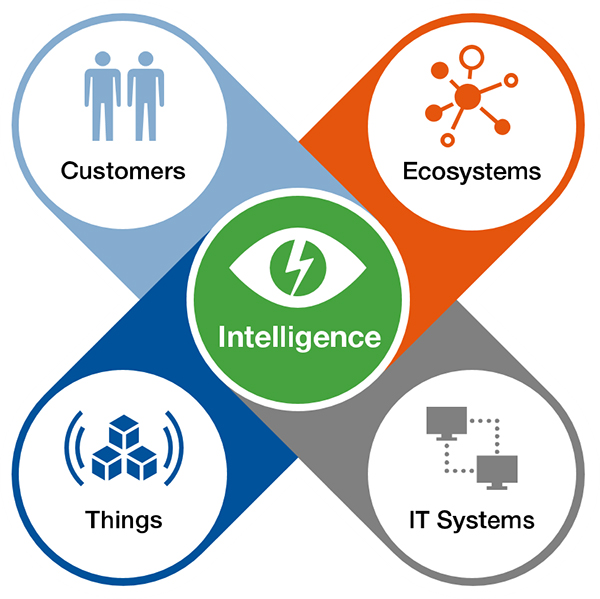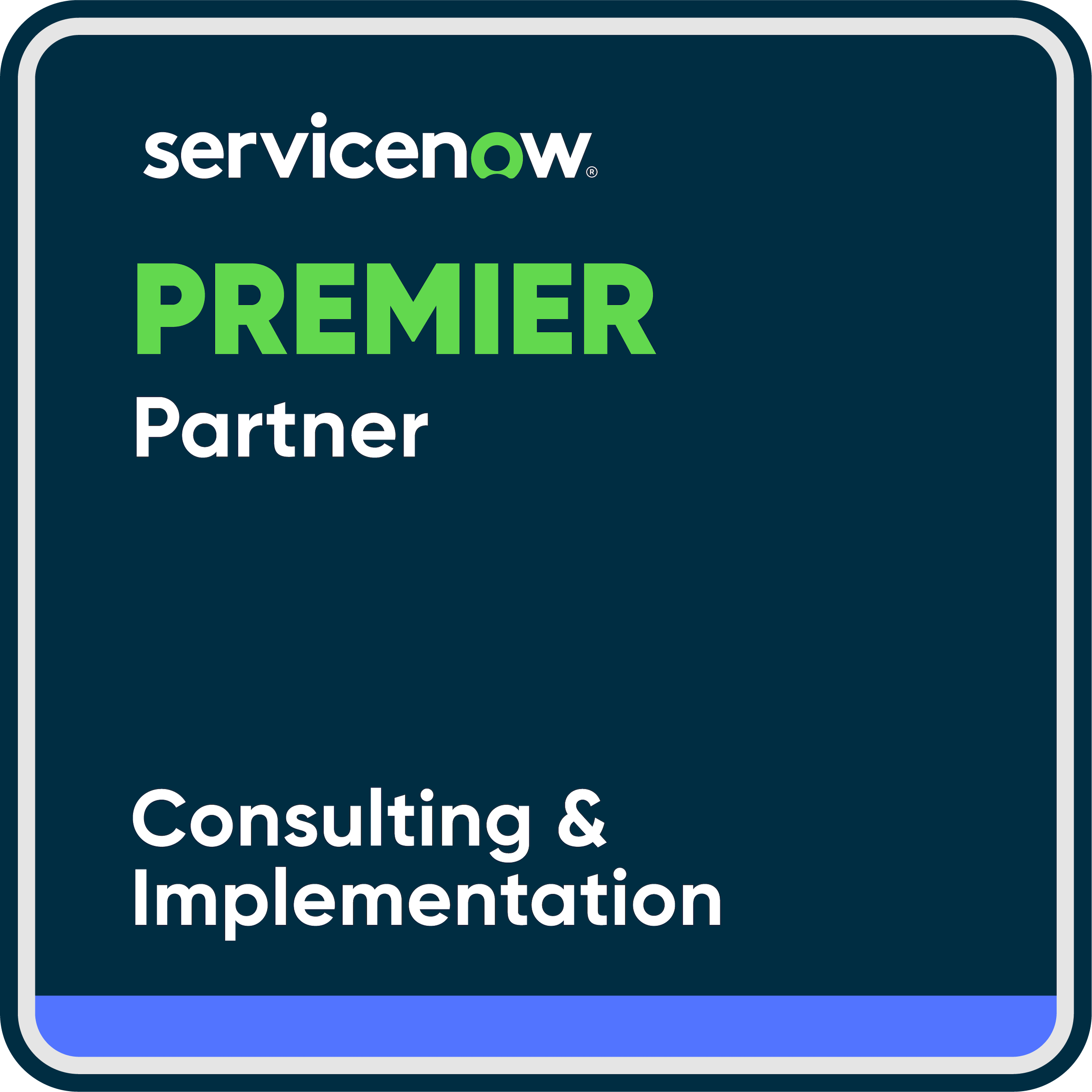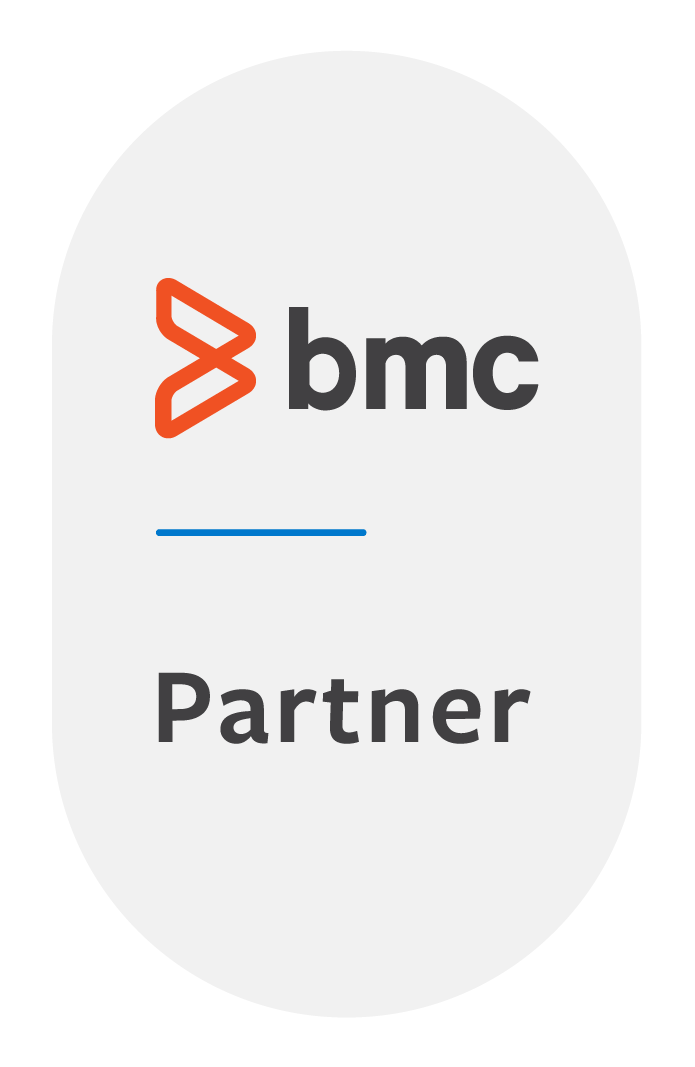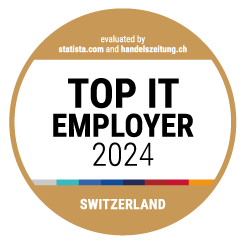Companies that digitize processes or transform business models need a foundation on which to do so. In other words: a platform. In this article, we will explain what is behind a Digital Business Platform, its importance in the context of digitization, and how it differs from classic BPM platforms.
The term Digital Business Platform (DBP) – originally coined by the market research company Gartner – has been increasingly in circulation since 2016. In the meantime, various providers of classic BPM platforms such as Axon Ivy, Bizagi, Software AG or PNMsoft are using this newer technical term for their products and suites.
We therefore ask ourselves the question: Are the two concepts synonymous? Or what are the differences between Digital Business Platform and BPM Platform? And how relevant is the new term DBP in practice?
Digital Business Platform according to Gartner
For Gartner, the term Digital Business Platform basically includes everything that is needed in terms of technology to enable a company to operate digital business.
Gartner divides this into five areas:

1. IT Systems – back-office systems, ERP and operations
2. Customers – systems with customer interaction
3. Intelligence – decision support and data-driven business models
4. Things – networking and analysis of physical assets (IoT)
5. Ecosystems – integration of platforms, communities and marketplaces.
Behind each of these areas, Gartner understands a collection of specific functional blocks. This does not mean a software product or suite, as often one of the areas mentioned is covered by several software systems.
A key role is played by the “Ecosystems” area, to which Gartner attributes responsibility for the integration of the systems.
Evolution of BPM platforms
The original goal of BPM platforms was primarily to control manual process steps. In recent years, the focus has shifted or expanded more and more to the integration, orchestration and extensive automation of processes in back-end software systems. This has been strongly encouraged by the proliferation of APIs on backend applications. A trend that has become standard in newer application systems thanks to the API-first paradigm.
As part of this evolution, the feature set of BPM platform vendors has also expanded greatly. With many vendors, such as Axon Ivy or Alfresco, using this term for their platforms, many new features can be found that extend the original BPM engine core of the platforms with various application development components, such as:
- Portals
- Frameworks for UI creation
- Chat components
- Integration frameworks for web services
These suites thus offer a platform that contains all the essential functions for implementing applications for digitizing a company. But how do BPM suites fit into Gartner’s definition of DBP?
The Gartner DBP Model and BPM Suites
Gartner’s DBP is a very broad term. It describes a generic enterprise IT landscape with the functionalities required for a digital business. It explicitly does not define a purchasable software product that maps all five platform levels mentioned above, which Gartner confirms in another blog.
In this respect, the use of the term DBP by BPM suite vendors does not correspond to the original meaning of Gartner’s definition. Some of the functionality areas described there, such as Information Systems with ERP backends, IoT and also Data Analytics, are functionalities that are not found in BPM Suites (and are unlikely to be expanded in this direction).
If one tries to classify the BPM Suites in the Gartner model, then they fit best into the “Ecosystems” platform, which has the task of linking the various systems under the DBP umbrella and making the business processes digitally available.
DBP: More than just a new buzzword
The list of abbreviations such as AI, DBP or ITSM and new terms seems to be growing out of hand, especially in the IT sector. Therefore, it makes sense and is important to question new technical terms such as Digital Business Platform, also because buzzwords like to be used in different contexts and their meaning changes over time (see “Digitalization”).
We believe that the term DBP is entirely justified for today’s BPM suites: the manufacturers of BPM platforms have successively expanded their suites over time, resulting in new areas of application that represent key functions in the DBP landscape according to Gartner.
Digital transformation beyond terminology
For the daily challenges in companies, the discourse on terms is beside the point. It is more a matter of finding the right platforms with the right functions for all these tasks, in addition to the high demands in terms of the cultural change, corporate strategy, and value creation associated with digital transformation.
In practice, a company’s digital business platform is usually formed by combining existing IT systems and, if necessary, new systems. A key function is therefore certainly the ability to connect existing systems and to map and automate end-to-end processes. This requires the functionalities of the new BPM suites (or new: Digital Business Platforms).
Even if the idea sounds tempting, a single software product will not be able to meet all the individual requirements of a company. Moreover, the purchase of software or a platform cannot replace the necessary knowledge, rules and data.










